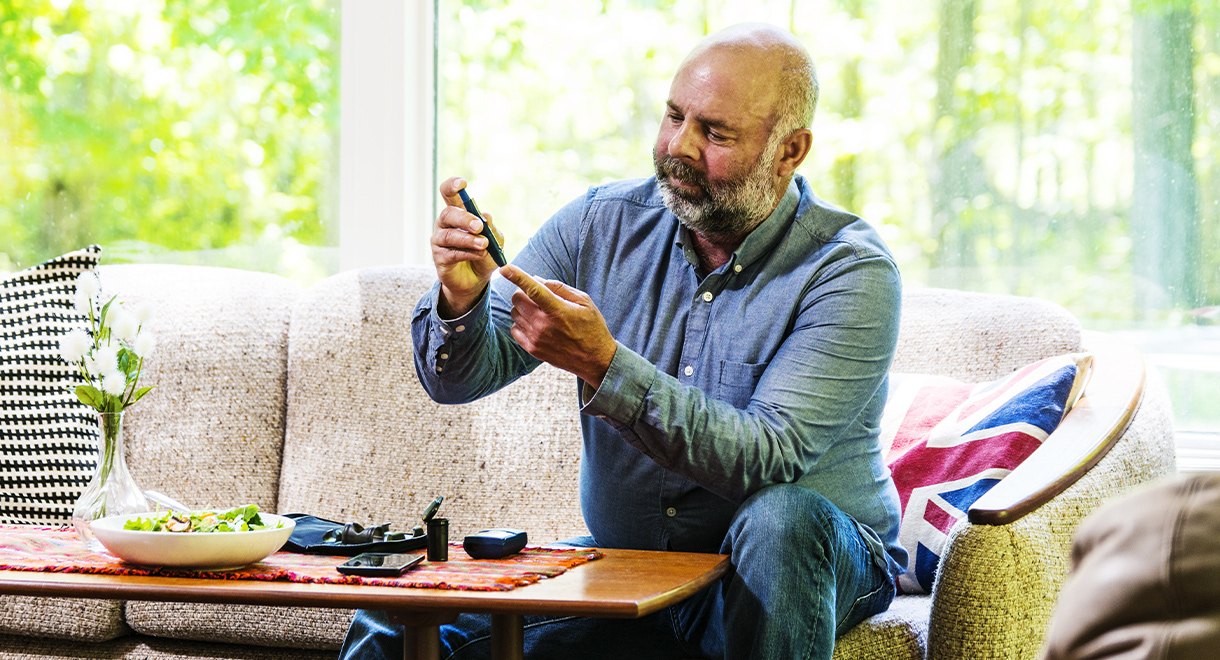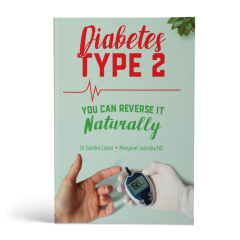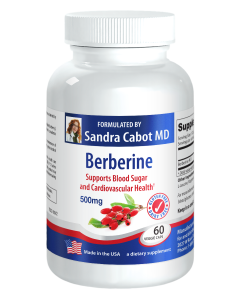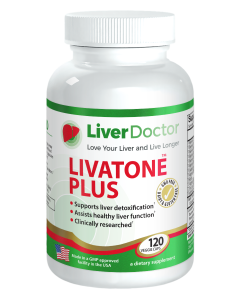

If You're A Type 2 Diabetic, You Should Be Worried About Your Liver
Research has shown more than 60 percent of type 2 diabetics have non-alcoholic fatty liver disease and most of them don’t know it. In people under the age of 58, almost 79 percent have a fatty liver. The majority of type 2 diabetics are concerned with monitoring their blood sugar and cholesterol levels. Spare a thought for your liver. It may be suffering from damage while you are unaware.
Fatty liver disease is just one component of what is known as metabolic syndrome, insulin resistance and syndrome X. Other common features of the condition are elevated blood pressure, large waist circumference, elevated blood fats and high blood sugar.
Here is a quote from senior author of this particular study, Rohit Loomba, MD, Associate Professor of Clinical Medicine at the University of California: "Most patients have no idea that they have fatty liver disease until they develop cirrhosis, and that's why it's a silent killer”. Don’t be one of those patients!
The earlier a liver condition is diagnosed, the better the long term prognosis. The liver has a remarkable ability to recover and repair itself, but only up to a point. If you have type 2 diabetes it is vitally important you have your liver checked by your doctor regularly. See this article for information about liver tests.
How to protect your liver
Firstly it is important to realize that the closer you are to a healthy body weight, and the closer to normal your blood sugar level is, the better the health of your liver. Type 2 diabetes promotes abdominal weight gain, and this is the most dangerous body part to store excess fat. Fat doesn’t just sit under your skin; it actually gets inside your abdominal cavity, in amongst your organs and then starts to infiltrate various organs such as the liver and pancreas. This type of deep, harmful internal fat is called visceral adipose tissue. You want your level to be as low as possible, especially as you get older.
My book called Diabetes Type 2: You can reverse it Naturally contains a lower carbohydrate, higher protein eating plan specifically designed for diabetics.
Other ways to look after your liver:
- Avoid sugar and flour and the foods and drinks that contain them. Also avoid vegetable oil and every food that contains it. The only safe vegetable oil to consume is cold pressed olive oil, cold pressed macadamia nut or avocado oil and organic coconut oil. In experiments done on rats, when they are fed sugar and vegetable oil, they develop a fatty liver. Avoid cottonseed oil, as it is particularly toxic to the liver. Many cafes cook food in cottonseed oil.
- Reduce your consumption of alcohol. If you are overweight and have a mild fatty liver, alcohol will speed the progression of fatty liver and greatly increase the risk of cirrhosis. Some people find cutting it out completely easier than cutting down, because a little bit usually leads to a lot more once they start drinking.
- Berberine is a plant extract that helps to remedy the metabolic dysfunction in type 2 diabetics. It helps to reverse syndrome X, assists with weight loss from the torso and helps to normalize cholesterol and triglycerides. The benefits of berberine rival those of prescription medication for type 2 diabetes.
- Make sure you’re getting enough minerals required for blood sugar control. These are primarily chromium and magnesium. It is very difficult to obtain enough of these minerals through modern diets and some medication increases the loss of these minerals from your body, particularly diuretics. Chromium and magnesium work best when combined with the herbs Gymnema and bitter melon, such as in Glicemic Balance capsules.
- Take a liver tonic containing an effective dose of St Mary’s thistle. St Mary’s thistle helps to protect liver cells from damage and can even help to regenerate damaged liver cells. If you have some degree of liver dysfunction we strongly recommend you take a liver tonic long term, such as Livatone Plus.
- Exercise regularly. Exercise helps your body to burn fat from the areas you can see, such as your thighs and triceps, but also helps to clear fat from areas you can’t see, such as your liver, arteries and other organs.
- Increase your intake of vegetables, particularly raw vegetables. Your liver desperately needs the antioxidants, vitamins and minerals found abundantly in these foods. Most people eat nowhere near enough vegetables. Ideally you would have seven serves of vegetables per day; a serve is half a cup of chopped vegetables, or one cup of leafy vegetables. Adding a raw vegetable juice to your day will give you even more benefits. You will find juice recipes for the liver and for diabetes in my book Raw Juices Can Save Your Life.
The above statements have not been evaluated by the FDA and are not intended to diagnose, treat or cure any disease.
Know someone who might benefit from this article? Share it!
Need Help?
1-888-75-LIVER
Monday to Friday, 9:00 am to 5:00 pm MST
100%
Satisfaction Guaranteed
If it’s faulty or wrongly described, we’ll replace it.













